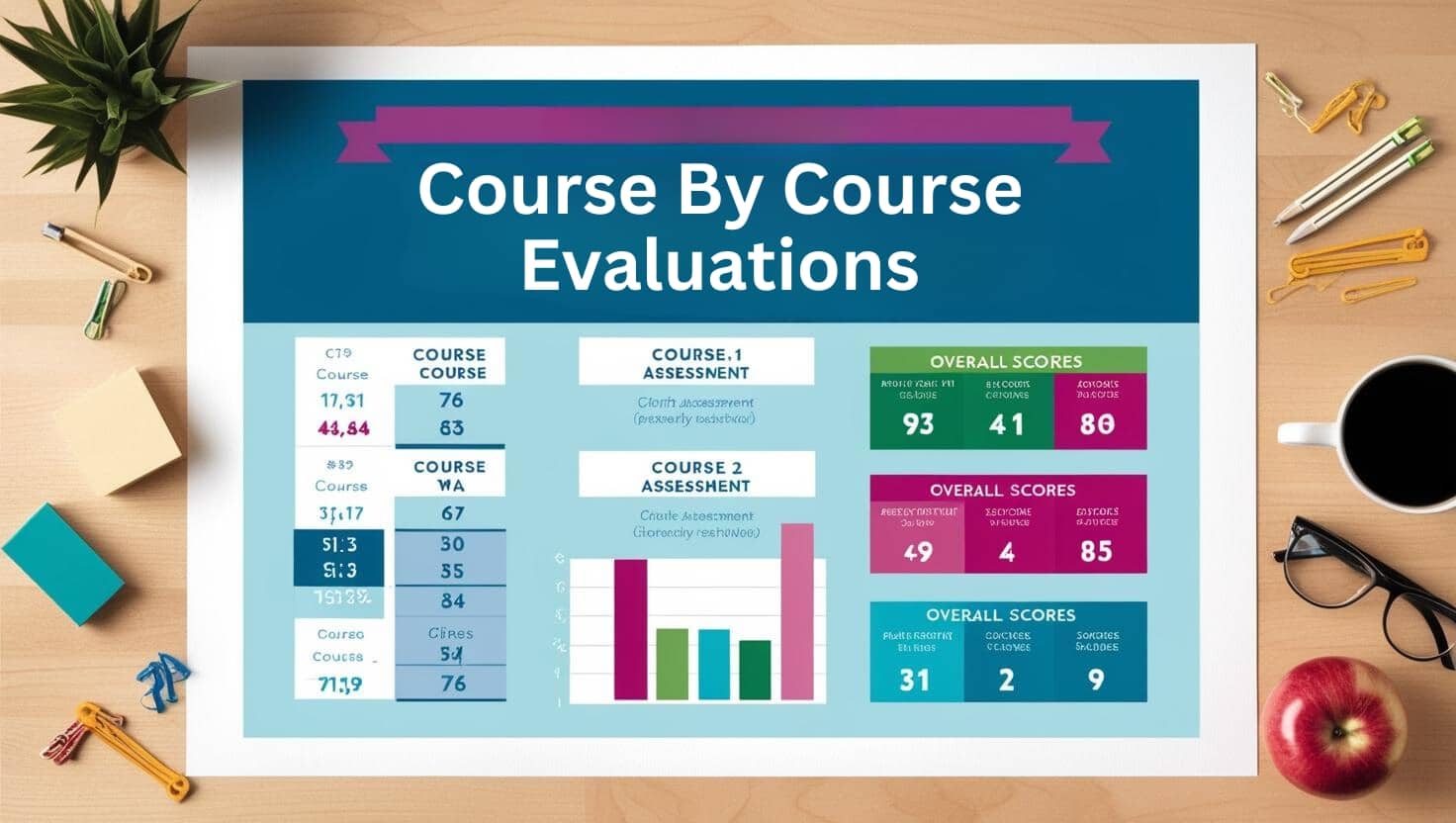Introduction
In today's globalized world, college qualifications are progressively valued throughout national borders. Many individuals seek to advance their jobs or seek academic opportunities in various countries, requiring an extensive understanding of their scholastic certifications. This is where international credential assessment services entered into play, aiding both individuals and organizations in validating the authenticity and equivalency of https://internationalevaluations.com/business-plans/ international academic credentials.
Among the various approaches of credential evaluation, the course-by-course credential evaluation stands apart as a thorough strategy that offers an extensive analysis of an individual's instructional transcripts. This write-up will explore the nuances of course-by-course assessments, detailing what they entail, why they are very important, and how they can influence one's occupation trajectory.
What is Course‑by‑Course Credential Evaluation?
Definition and Purpose
A course-by-course credential evaluation involves a comprehensive evaluation of each course detailed on a scholastic records. This assessment not only converts qualities and debts but likewise assesses the material and rigor of each training course taken by the pupil. The primary objective is to figure out how these programs line up with academic requirements in an additional country.
Importance of Course‑by‑Course Evaluations
Why is it essential to conduct a course-by-course evaluation? For people preparing to examine or function abroad, this kind of assessment can provide important understandings into just how their previous academic experiences translate in a new context. It assists organizations in making notified choices about admissions, working with, or licensure.
The Refine of Course‑by‑Course Credential Evaluation
Step 1: Record Collection
The initial step in any academic credential evaluation procedure is accumulating necessary documents. This commonly includes:
- Official transcripts Degree certificates Course curricula (if readily available)
Having these records ready improves the assessment process.
Step 2: Testimonial and Analysis
Once records are gathered, evaluators meticulously review them for credibility and efficiency. Each course is analyzed based on numerous requirements:
- Credit Hours: The number of credits were assigned to every course? Grades: What grades were achieved? Course Material: What subjects were covered?
Step 3: Comparison with Local Standards
After complete evaluation, critics compare the training courses against regional academic standards. They might reference sources such as:
- National databases Accreditation bodies Institutional guidelines
This comparison helps determine similarity degrees for each course.
Step 4: Report Generation
Finally, critics compile their findings into a thorough report that details:
Total credit histories earned. Equivalent programs at neighborhood institutions. Grading ranges comparisons.This report acts as a certification that can be presented to colleges or employers.
Benefits of Course‑by‑Course Credential Evaluations
Enhanced Understanding of Academic Background
One key advantage is that pupils gain clarity on exactly how their worldwide education and learning lines up with local assumptions. This understanding equips them for far better decision-making concerning refresher courses or work applications.
Increased Employability
Many companies require candidates to have actually assessed qualifications when considering candidates from abroad. A positive evaluation can significantly improve employability prospects.
Facilitates Admission to Educational Programs
For students desiring to enroll in level programs, having a thorough assessment assists establishments examine whether candidates fulfill entrance demands more effectively.

Work Experience Examination vs. Course-by-Course Credential Evaluation
What is Job Experience Evaluation?
A work experience evaluation concentrates on evaluating specialist experiences as opposed to academic success. It takes a look at skills acquired through employment as opposed to official education.
Key Differences In between Evaluations
|Attribute|Course-by-Course Credential Analysis|Job Experience Evaluation|| ---------------------------|---------------------------------------|----------------------------|| Emphasis|Academic training courses|Specialist experience|| Documentation Called for|Transcripts and syllabi|Employment letters|| Result|Academic similarity|Skill recognition|
Understanding these distinctions aids individuals in picking which kind of assessment fits their demands best.
Expert Opinion Letters
Importance of Professional Point of view Letters
An expert point of view letter work as an added layer of recognition for analyses, specifically when one-of-a-kind scenarios emerge-- like unaccredited organizations or non-traditional academic experiences.
How They Are Used
These letters can support applications by offering understandings from professionals that examine qualifications based on sector standards or specific institutional requirements.
Common Mistaken beliefs Concerning Credential Evaluations
Myth 1: All Evaluations Are Developed Equal
Not all assessments hold the very same weight; different organizations have differing methods and approval prices among institutions.
Myth 2: Only Degrees Matter
While degrees are essential, numerous employers worth abilities gotten through job experience equally-- and this emphasizes the significance of work experience assessments alongside scholastic assessments.
FAQs About Course‑by‑Course Credential Evaluation
What records do I need for a course-by-course credential evaluation?- You commonly need official records, degree certificates, and potentially course syllabi if available.
- The duration varies by provider but generally varies from a few weeks to several months relying on complexity.
- Yes! The majority of companies acknowledge examined qualifications when making working with decisions.
- Generally talking, yes; due to its detailed nature and detailed analysis.
- Not all; it's critical to inspect certain institutional demands prior to applying.
- It's ideal to clarify any kind of discrepancies with your establishment prior to entry; critics might flag inconsistencies affecting your assessment.
The Duty of Various Stakeholders in Credential Evaluation
Educational Institutions
Institutions depend on exact analyses to admit eligible candidates while making certain compliance with certification standards.
Employers
Employers utilize evaluations to confirm potential hires' qualifications accurately-- improving depend on during employment processes.

Government Bodies
Some government companies need credential examinations for migration purposes; hence playing a crucial duty in global mobility.
Conclusion
In summary, navigating the complexities surrounding international education calls for detailed understanding and knowledge-- both found within the realm of credential evaluations particularly concentrated on programs taken during one's academic trip. A course-by-course credential evaluation not only lights up specific success however likewise cultivates possibilities across borders with boosted employability and educational access.
As globalization continues forming our world, spending time into comprehending these subtleties might show vital for those looking towards global perspectives-- whether academically or professionally oriented! Constantly keep in mind that you have alternatives readily available-- so make informed choices regarding your future!